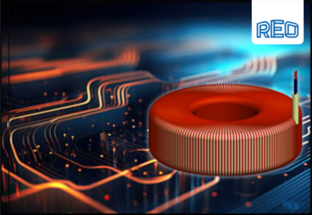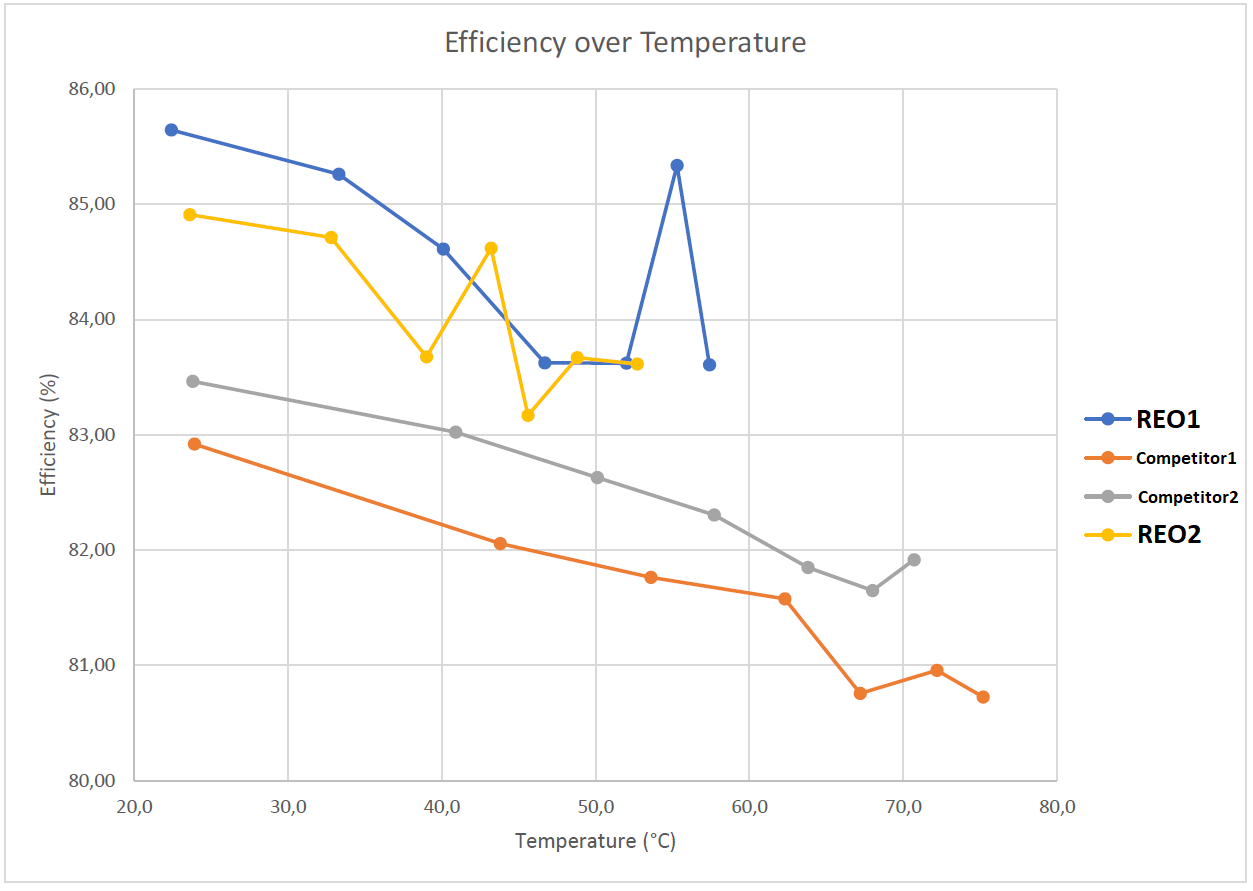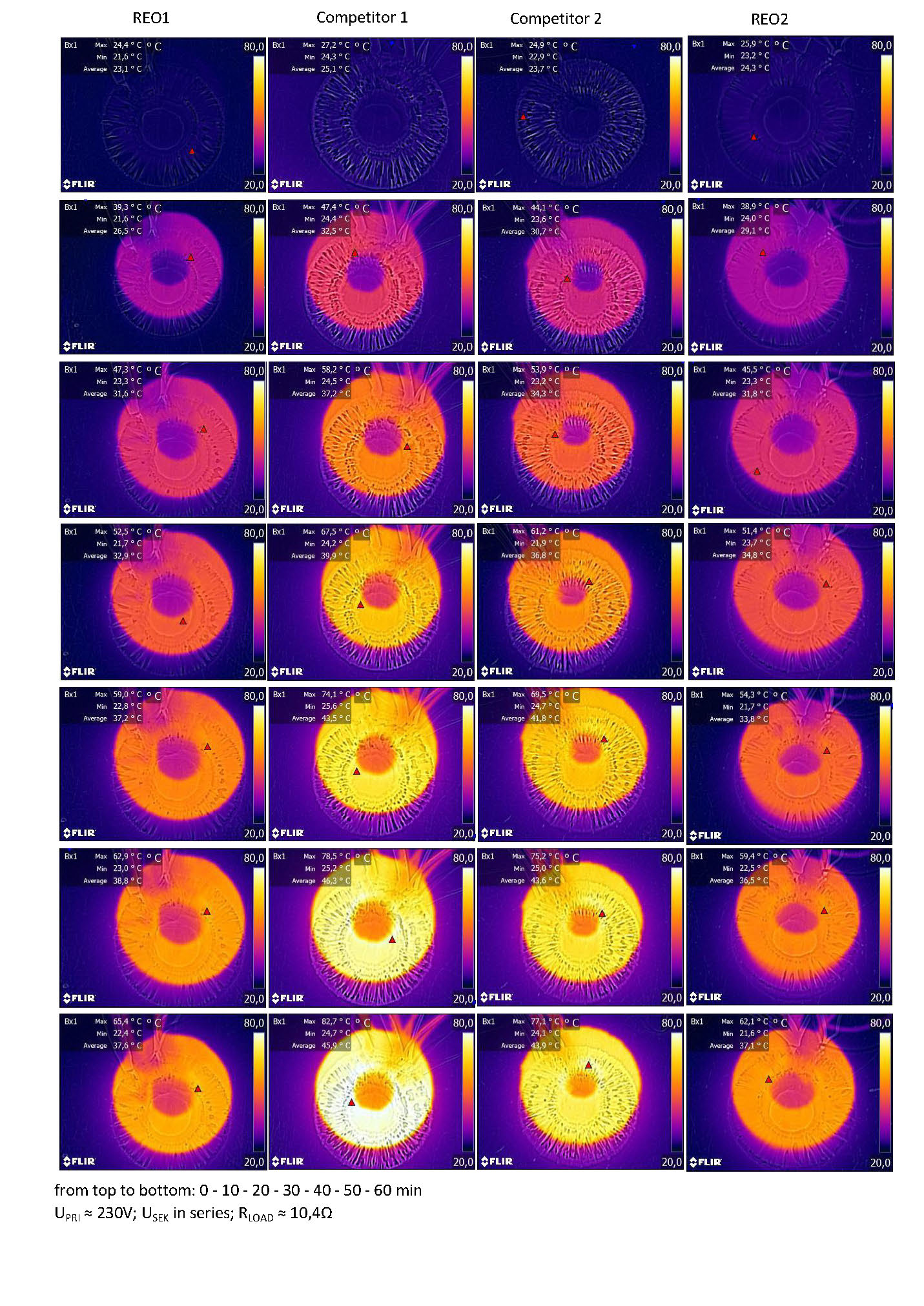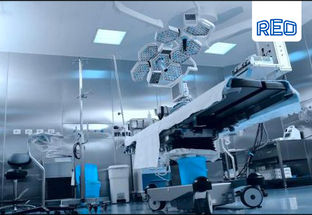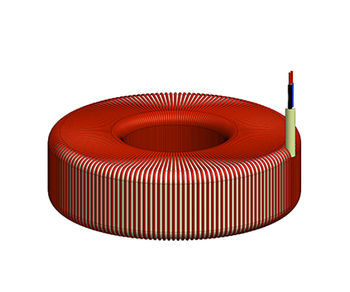REO Toroidal Transformer Comparison
Downloads
| figure_1_-_efficiency.png ( PNG 64KB) |
| figure_2_-_transformer_testing_results_ir.jpeg ( JPEG 525KB) |
| reo2023-4_toroidal_transformer_competitor_comparison.docx ( DOCX 237KB) |
When it comes to increased heat in electrical transformers, poor quality is often the first factor that comes to mind. However, it’s important to note that poor quality is not the only reason for this issue. Several other factors can contribute to the rise in temperature and potentially cause problems.
One factor to consider is design issues. If the transformer is not designed correctly or has flaws in its construction, it can lead to inefficiencies and increased heat generation. Another factor is overloading. When a transformer is subjected to excessive loads beyond its rated capacity, it can overheat, which can occur due to improper load calculations or unexpected spikes in power demand.
Faulty materials within the transformer can also play a role in increased heat generation. For example, if the insulation materials are defective or damaged, they can impede heat dissipation and elevate temperatures. Environmental factors should also be taken into account. Transformers in harsh environments with high ambient temperatures or limited ventilation may struggle to dissipate heat effectively, leading to temperature rises.
Lastly, it is crucial to acknowledge the significant impact that the choice of core and winding material and the design and manufacturing process can have on the thermal performance of transformers. Utilizing low-quality materials can lead to many problems, including increased resistance and subsequent heat buildup within the transformer. The best toroidal transformers guarantee exceptional thermal performance by employing only top-quality materials in their manufacturing process. Not only do superior products run more relaxed than their competitors, but they also operate at higher efficiency levels, providing significant energy savings while experiencing enhanced performance and reliability.
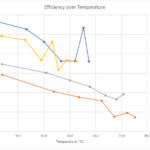
In the attached competitor analysis – Figure 1 shows that a High-Quality Transformer manufactured by REO UK operates more efficiently than competitive models; the graph shows between 2 and 3% efficiency improvement.
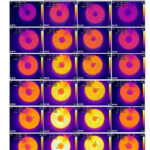
In Figure 2, the Infrared camera provides further evidence that REO Toroidal Transformers are not subject to thermal stresses, which may lead to a shortened lifespan, usually due to Insulation Aging; this is where higher temperatures can accelerate the aging of insulation materials, reducing their effectiveness over time, eventually leading to insulation failure and catastrophic transformer and system failure.
While some heat is expected during normal transformer operation, consistently running a transformer at elevated temperatures can contribute to a shorter lifespan.
Adherence to load and temperature limits and ensuring adequate cooling are essential practices for maximizing the lifespan of electrical transformers. If there are concerns about the operating temperature of a transformer, consulting with a reputable manufacturer, like REO, is recommended.
In conclusion, while poor quality contributes to increased heat generation within electrical transformers, it’s crucial to recognize other factors such as design issues, overloading, faulty material, environmental conditions, and core/winding material selection. By considering all these factors comprehensively and addressing them accordingly during transformer design and manufacturing processes, we can mitigate potential risks associated with excessive heat buildup and ensure the optimal performance of these critical electrical devices.
High-performing products from reputable manufacturers, like REO, are usually designed and manufactured according to EN ISO 9001, and can be provided as UL-recognised devices or with NRTL marking for the medical market; each product is individually tested to ensure compliance and quality; please visit https://www.reo.co.uk/transformers for more information.










